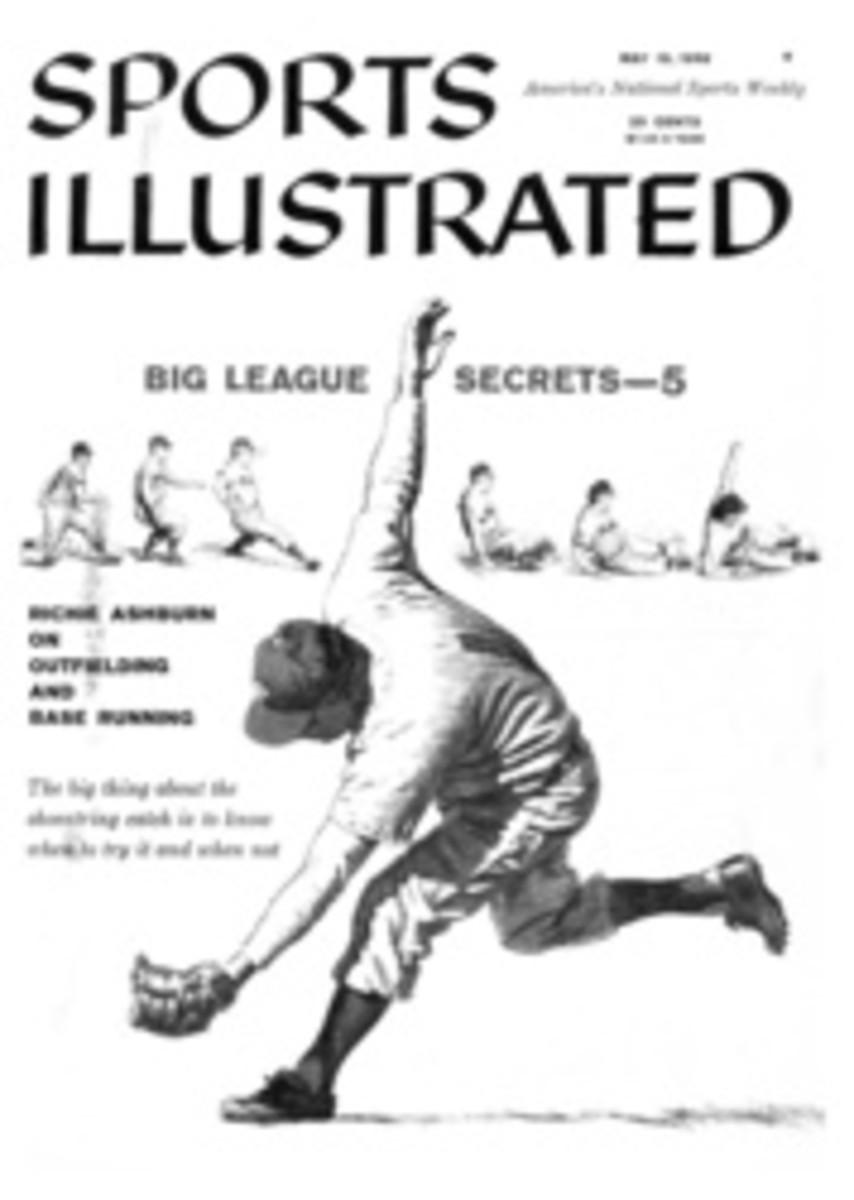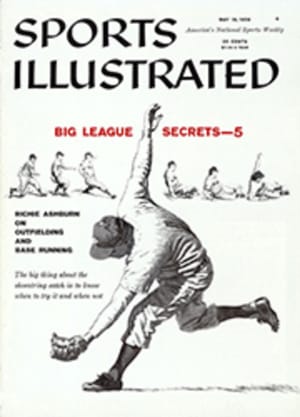
Bitten by the ABC
When the late Francis Albertanti, public relations man extraordinary, lured Grantland Rice to the 1937 American Bowling Congress Tournament in New York City, bowling's officialdom rejoiced. Granny had resisted writing about the sport through the years, and ABC officers felt they had finally cracked the shell of his indifference. He was made comfortable in the official box with a fine view of 24 gleaming lanes in a flag-bedecked armory, and he was visibly impressed with 120 colorfully uniformed bowlers paraded to their places to martial music. But when the first game began, one bowler and then another threw balls into the "gutter," missing all 10 pins.
Rice turned to Albertanti and asked in surprise, "This is a championship?"
The PR man explained that many of the men bowling that night were beginners, others veterans far past their prime.
"Then what are they doing here?" Rice demanded, and he stalked out in disgust.
"What are they doing here?" is still being asked by spectators today in Syracuse, N.Y., host of the 55th annual ABC tournament. When the 72-day event ends June 8, some 27,000 bowlers will have competed for approximately $360,000 in prize money—America's largest sports participation tourney and one of its most spectacular. Of these, less than 1,000 appear to have even a remote chance to win a championship. What urged the more than 26,000 others to make the trek to Syracuse, a city with no particular tourist" attraction, from places as far off as California? What compels about 10,000 bowlers to follow the ABC to all sections of the U.S. year after year, often at great expense, despite the fact that they rarely share in the prize money?
"There is no single answer," Frank Baker, executive secretary of the ABC, said recently. "But I can tell you this. When the ABC bug bites you, you stay bitten."
Joe Meyers, who operates a gas station in University Heights, Ohio, was bitten in 1950.
"I entered because the tournament was near my home," Meyers said. "I didn't shoot well, but the feeling of being out there on the big floor...well, it did something to me. I wouldn't miss an ABC if they held it in Alaska." Thousands tell a similar story. At least 150 have competed in more than 25 tournaments.
On March 29, opening night at Syracuse, William Rydzewski and Art Series, captains, respectively, of the Romie's Alleys and Pinky's Alleys teams of Milwaukee, paid their entry fees for the 1959 tournament at St. Louis.
"We've been on most opening-night squads the past 18 years," Rydzewski, a post office employee, said. "We want to be sure of our spot again next year."
Had either team or any of their members come close to winning a title in all those years?
"No," replied Series, "but there's always a chance we'll get lucky."
Luck plays a major role in the ABC, which is one of its attractions. A bowler rolls three games with his five-man team, usually on a night squad. The next day, he rolls three games in doubles competition and then three in singles. After the nine games, the tournament is over for him. He pays $10 to enter each event, plus an optional $3 for all-events (total score for the nine games). First prize in team play is $2,500, in doubles $1,000, singles $500 and all-events $1,000. The team championship almost always is won by one of the country's name quintets, and it takes fine, steady bowling to win the all-events In doubles and singles, however, lesser bowlers often roll far above their heads for three games to defeat the stars. For instance Don Carter, only man to have won the National Match Game championship—a 100-game grind—three times, has yet to take an ABC title.
"Even when you know you're too old to win, you can't help dreaming the ball will get back its old magic," said Herb Lange, 56, a prominent businessman from Watertown, Wis. who is a member of bowling's Hall of Fame.
Lange was the "kid" this year on the White Tower team, which included Harry Steers, 77, of Chicago; Mort Lindsey, 70, Stamford, Conn.; Hank Marino, 69, Milwaukee; and Fred Thoma, 67, Chicago—an aggregate of 339 years. None could hope for a title, but each has one ambition: to knock down more pins, before he dies, than anyone in ABC history. Steers has competed in 53 of the 55 ABCs. He won the doubles championship in 1902( the tournament's second year) and, with Thoma, the doubles again in 1918. At Syracuse his all-events total was 1,341—an average of 149—giving him 89,490 pins for his 53 efforts (185-plus average). He holds a commanding lead over the rest of the field and, in fine shape for his years (his 5-foot-5 frame is slightly stooped, but he weighs the same 142 he did 40 years ago), he might well have several good ones left. To give you an idea of how important the ABC is to Lindsey, a three-time ABC champion, he enters a hospital a month or so before each tournament for a complete checkup and "a couple of weeks' rest. I used to train for the ABC by bowling 100 practice games in a week. Now I have to rest for it." He has knocked down 78,816 pins in 46 years (192 average), including a commendable 1,595 last month.
Another reason for the ABC's popularity is that there are sponsors who, year after year, pay some bowlers' expenses to the tournament. Some expect advertising value, but the majority, according to Tournament Director Joe Smolen, enter teams "because they want to see them bowl, just like an owner might enter a horse in the Kentucky Derby to watch his colors." Officials say their toughest post-tournament problem is tracing old checks that are framed instead of cashed. It's prestige, not money, that makes the ABC bowling's Big Show.

